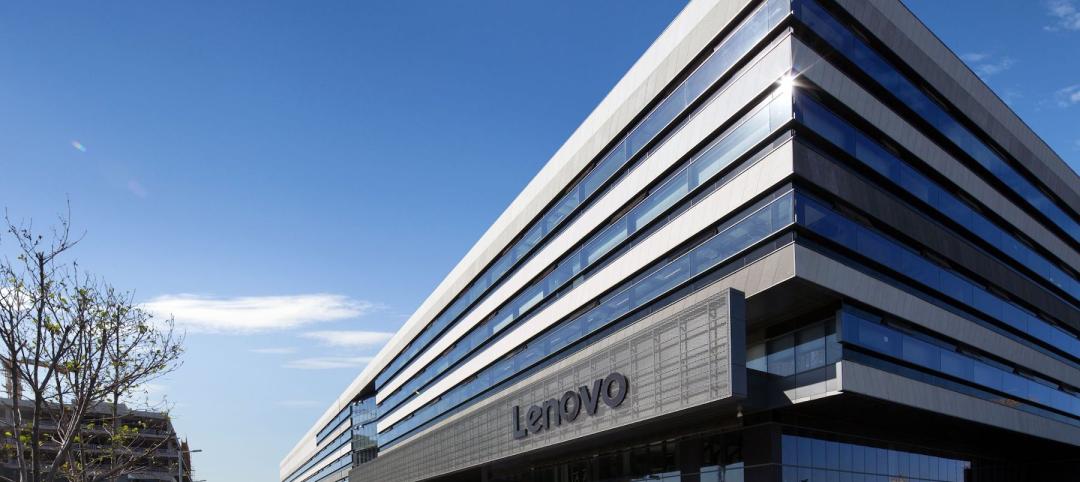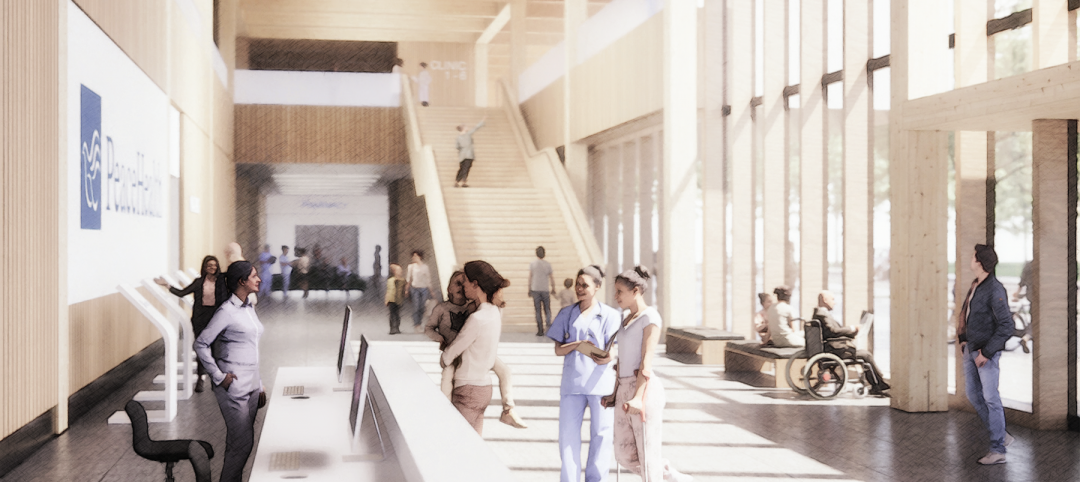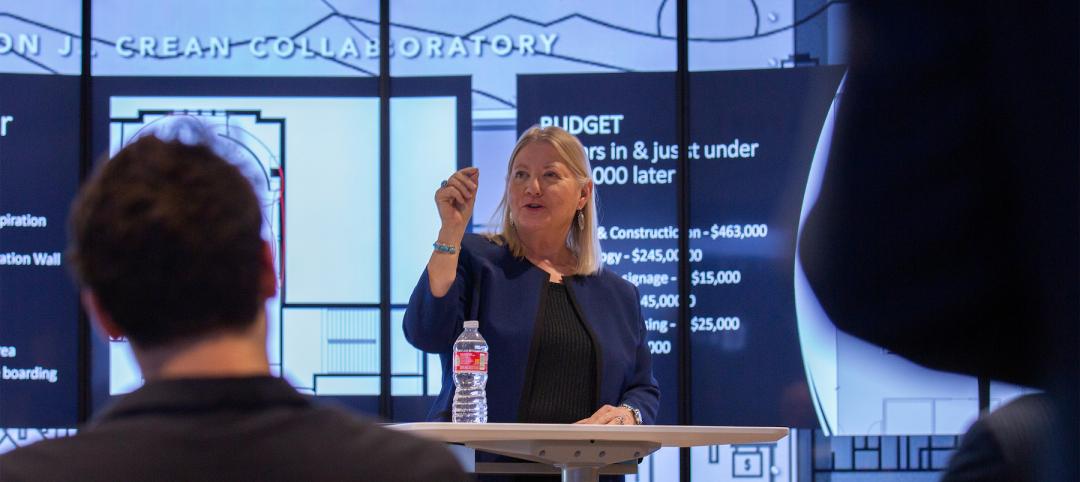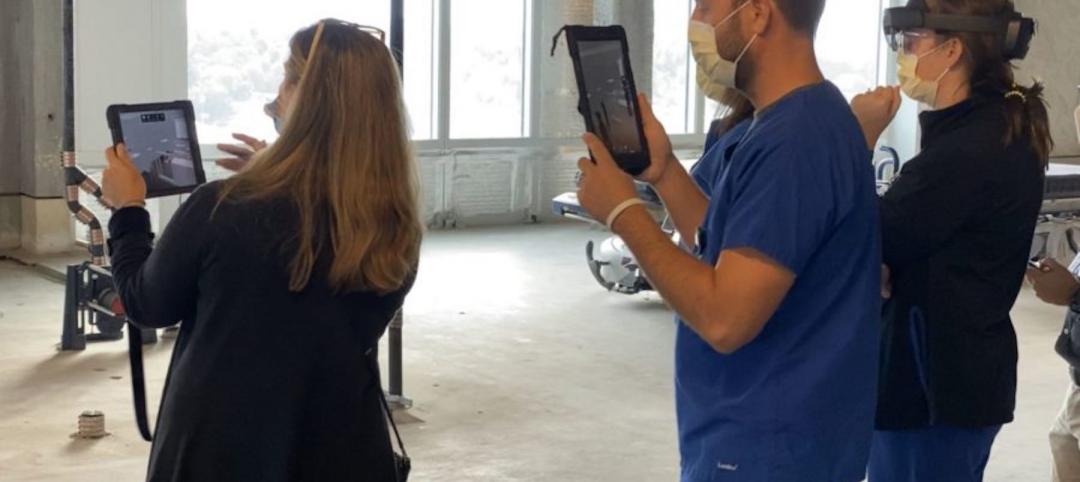With over fifty percent of the population already living in urban areas, cities must grapple with the potentially catastrophic effects of climate change (think: Superstorm Sandy in New York). In a new report, Jones Lang LaSalle (JLL) has identified steps cities can take to make their infrastructure more resilient to changing climate conditions.
“Cities can learn from each other in how to become resilient in the face of extreme weather events caused by climate change,” said Dan Probst, Chairman of Energy and Sustainability Services at JLL. “That means future-proofing every aspect of the city, including flood protection as sea levels rise, and rethinking infrastructure, electrical grids, food supplies, healthcare, telecommunications, transportation, water, waste management and more.”
The report, Global Sustainability Perspective, provides real-world examples of resiliency-building efforts in New York City and other major cities around the globe, focused on four themes: the importance of resiliency rising as population increases; flood protection; sustainable neighbourhoods; and inter-city idea exchange.
As the population increases, so must resiliency:
In most cases, the effects of the most catastrophic events can be curbed when cities increase the resiliency of their systems and infrastructure. To future-proof a city in this way, leaders can use The Rockefeller Foundation’s definition of urban resiliency as a roadmap. The foundation defines a resilient city as one with spare capacity and backups for key systems; flexibility to adapt and evolve as the climate changes; limited risk to contain the effects of an infrastructure system component failure; and rapid rebound following a disruption. By addressing these aspects of resiliency cities can mitigate the risks of natural disasters.
Flood prevention is population protection:
Discussions on future-proofing an urban environment cannot exclude the devastating effects of flooding, resulting from the many types of storms. A recent Nature Climate Change report predicts that the average worldwide cost of urban flooding will rise to US$60 billion in 2050 if cities invest in adaptation strategies—and as much as US$1 trillion if they do not.
Other ways cities are attacking flood prevention: Mumbai has deepened and widened its major rivers, built new pumping stations to discharge storm water to the sea, and installed flow gauges upriver to provide early flood warning. The Netherlands—long reliant on dikes, dams, locks and storm surge barriers—is allowing nature to reclaim some flood-prone areas, while Venice is constructing a movable tidal barrier system to close water inlets during high tides. Kuala Lumpur is investing more than US$645 million to construct a floodwater tunnel, flood retention ponds and a high-volume drainage system.
Sustainable neighborhoods are the backbone of resilient cities:
Micro-communities such as neighborhoods and districts can add huge impact – particularly in preparing for, and responding to climate change events. A new North American cities initiative, “2030 District,” is helping cities focus on geographically defined downtown areas and pursue district-wide targets for conserving energy and water and reducing vehicle emissions. The 2030 Districts are at the forefront of regional and national grassroots efforts to create strong environmental partnerships, coalitions and collaboration around ambitious, measurable goals at the local level.
Seattle, Los Angeles, Pittsburgh and Cleveland are among the participants to date, with nine other cities expected to join shortly.
Inter-city partnerships: sharing sustainability ideas drives resiliency:
Some cities are sharing knowledge to improve resiliency for all. The C40 Cities ClimateLeadership Group, for example, brings together city leaders to share best practices for sustainable action on climate change, such as car-free days and disclosure of buildings’ energy efficiency ratings. Another effort, the Better Buildings Partnership(BBP), creates partnerships between landlords, tenants, government leaders and sector partners to improve the sustainability performance of buildings. Sydney, London and Toronto are current participants, each benefiting from shared learnings about quantifiable actions toward greater resiliency and sustainability.
Related Stories
Building Team | Jul 1, 2022
How to apply WELL for better design outcomes
The International WELL Building Institute (IWBI) cites attracting top talent, increasing productivity, and improving environmental, social or governance (ESG) performance as key outcomes of leveraging tools like their WELL Building Standard to develop healthier environments.
Building Team | Jul 1, 2022
Less portable potty, more movable restroom
Some contractors are packing up their portable potties and instead using the H3 Wellness Hub.
Market Data | Jun 30, 2022
Yardi Matrix releases new national rent growth forecast
Rents in most American cities continue to rise slightly each month, but are not duplicating the rapid escalation rates exhibited in 2021.
Headquarters | Jun 30, 2022
Lenovo to build its new global headquarters in Beijing
Washington, D.C.-based architecture and design firm CallisonRTKL has announced it will create the new global headquarters in Beijing for Lenovo Group, a Chinese multinational personal technology company.
Mass Timber | Jun 29, 2022
Mass timber competition: building to net-zero winning proposals
The 2022 Mass Timber Competition: Building to Net-Zero is a design competition to expand the use of mass timber in the United States by demonstrating its versatility across building types and its ability to reduce the carbon footprint of the built environment.
Laboratories | Jun 29, 2022
The "collaboratory" brings digital innovation to the classroom
The Collaboratory—a mix of collaboration and laboratory—is a networking center being designed at the University of Denver’s College of Business.
Museums | Jun 28, 2022
The California Science Center breaks grounds on its Air and Space Center
The California Science Center—a hands-on science center in Los Angeles—recently broke ground on its Samuel Oschin Air and Space Center.
Contractors | Jun 27, 2022
Reverse mentorship: A model for the future of the construction workforce
Reverse mentorship can help seasoned professionals develop new skills, stay connected with younger generations, and gain future-forward insights for life and business.
Green | Jun 22, 2022
The business case for passive house multifamily
A trio of Passive House experts talk about the true costs and benefits of passive house design and construction for multifamily projects.
Augmented Reality | Jun 22, 2022
Not just for POKÉMON GO anymore: how augmented reality is transforming architecture
By solving a long-standing communication problem, Augmented Reality (AR) is poised to make architecture quicker, nimbler, and more cost effective.

















